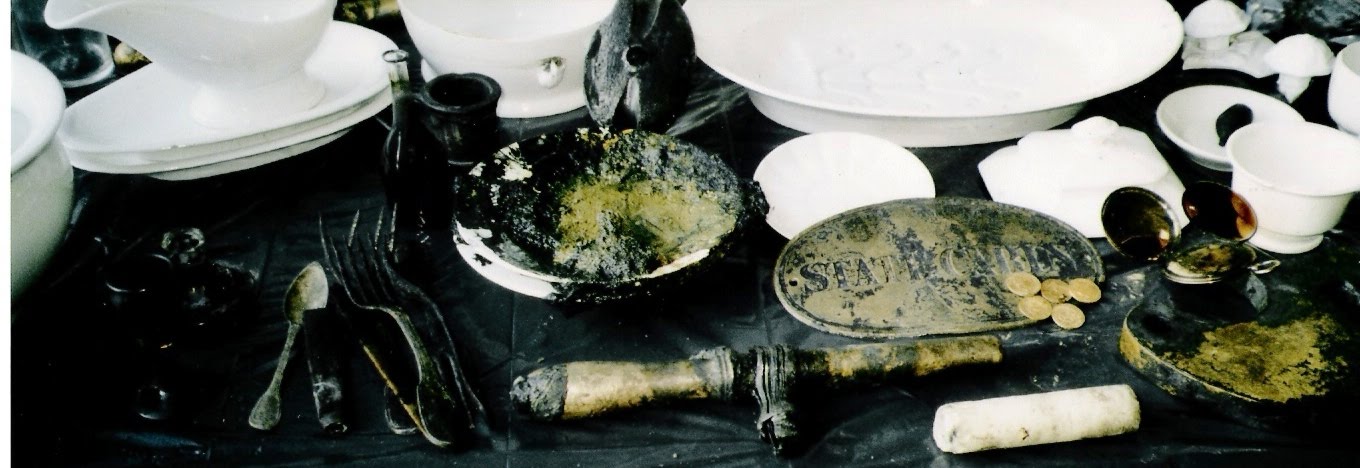Kira Paulli Pravato -
Human life on the Planet Earth depends on its oceans. Since 1990, the output of fisheries has stagnated below 100 million tonnes per year in spite of the massive investment in high-tech vessels and gear, and the opening up of distant and deep waters in the Southern Hemisphere. The Earth's oceans simply will not yield more. Marine habitats are under severe pressure from exploitation, the torment of offshore structures, and nutrient run-offs from land use. But what is the scale of change? What used to be in the sea before humans began impacting on marine ecosystems and habitats?
How historical research can inform us of the scale of human impact through time will be a focus of discussion at a major conference 18-20 November in Dublin, Ireland. Oceans Past III is the third in a series of organized conferences as part of the Census of Marine Life's History of Marine Animal Populations (HMAP) project. HMAP provides baselines of marine life abundance and species distribution during past periods, against which present stocks can be compared. Researchers in natural sciences and humanities from around the world, 48 in all, are expected to participate in the conference and just a touch of the results that will be presented are described here: Poul Holm, the chair of HMAP, explains: "Historical research informs us of how much mankind depended on ocean resources for economic, social, and cultural needs. And we need this knowledge to manage life in the oceans wisely. Fortunately, only a few species have gone extinct. The oceans are wide and deep, and many species may rebuild their own stocks if we let them. Knowing what used to live in the sea, therefore, informs us about what might again live there if we allow the populations to grow."The global demand for turtle leather in the second half of the twentieth century led to a rapid depletion of Olive Ridley sea turtle stocks in the southern Mexican state of Oaxaca. The Mexican federal government banned all sea turtle captures in 1990. This, coupled with previous conservation measures during the fishery years, led to a speedy recovery of sea turtle populations.
As part of the fishery conservation efforts, eggs from slaughtered females were incubated, and the resulting hatchlings were released into the sea. The Olive Ridley takes 12-15 years to reach reproductive age, so the recovery time coincides with the maturation time of the hatchlings released a generation earlier.
Today, the population of Olive Ridley turtles on the coast of Oaxaca has recovered and continues to grow. Yet, due to an increase in demand for shark fins in East Asian markets, shark fishing quickly replaced turtle captures as an important source of income. And history soon repeated itself, as the shark populations rapidly declined. Michelle María Early Capistrán who conducted the research says, "The turtles are out of danger, but their safety was achieved at the expense of the sharks."
The fishing efforts for both sharks and turtles in the region grew as a result of growing demands from a global market. This is a clear example of how changes in global and local economic priorities can have a direct impact on marine animal populations, and how marine animal conservation is, at its very root, a political and economic problem.
Shark Fins and Turtle Leather: Historic Marine Animal Exploitation on Mexico's Southern Pacific Coast. By: Michelle María Early Capistrán.
Posted via http://batavia08.posterous.com batavia08's posterous
.jpg)
No comments:
Post a Comment